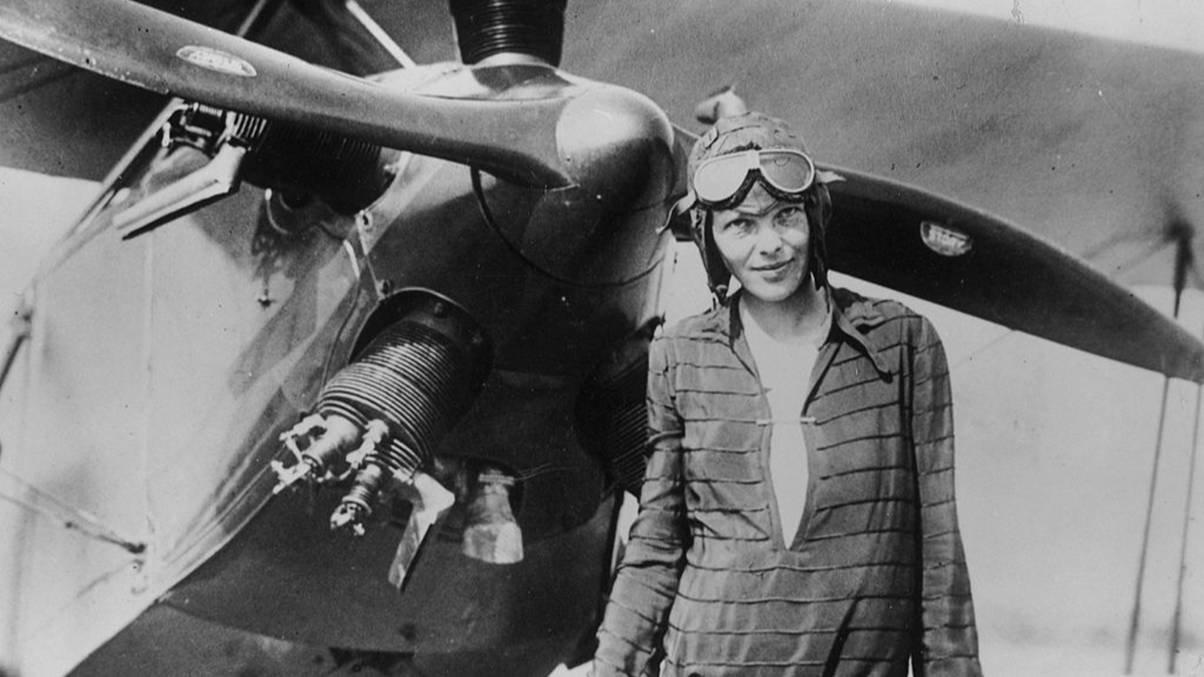“Uncover the Dark Secrets: 14 Mind-Blowing Facts You Never Knew About the Bubonic Plague!”
5. Medieval Misconceptions

During the medieval period, people held various misconceptions about the plague’s cause, often attributing it to divine punishment, miasma (bad air), or even specific groups of people.
These misconceptions led to widespread fear, persecution, and misguided attempts at prevention, exacerbating the social and psychological impact of the pandemic. It wasn’t until the late 19th century that the true bacterial cause of the plague was identified, paving the way for more effective control measures and a shift away from superstition and blame.
6. Quarantine

The concept of quarantine, isolating individuals suspected of carrying the disease, dates back to the 14th century during the Black Death. It was a desperate attempt to contain the spread of the highly contagious disease, even if it meant separating loved ones and disrupting social life.
The term “quarantine” derives from the Italian word “quarantena,” meaning forty days, the isolation period imposed on ships arriving in Venice during the plague. Quarantine measures, though often harsh and controversial, played a crucial role in containing the spread of the disease and protecting communities from further devastation.
7. The Plague Doctor’s Mask

The iconic beak-shaped mask worn by plague doctors was filled with herbs and spices, believed to ward off the “bad air” thought to cause the disease. Though ineffective against the plague, the mask served as a visual representation of the fear and desperation surrounding the pandemic.













